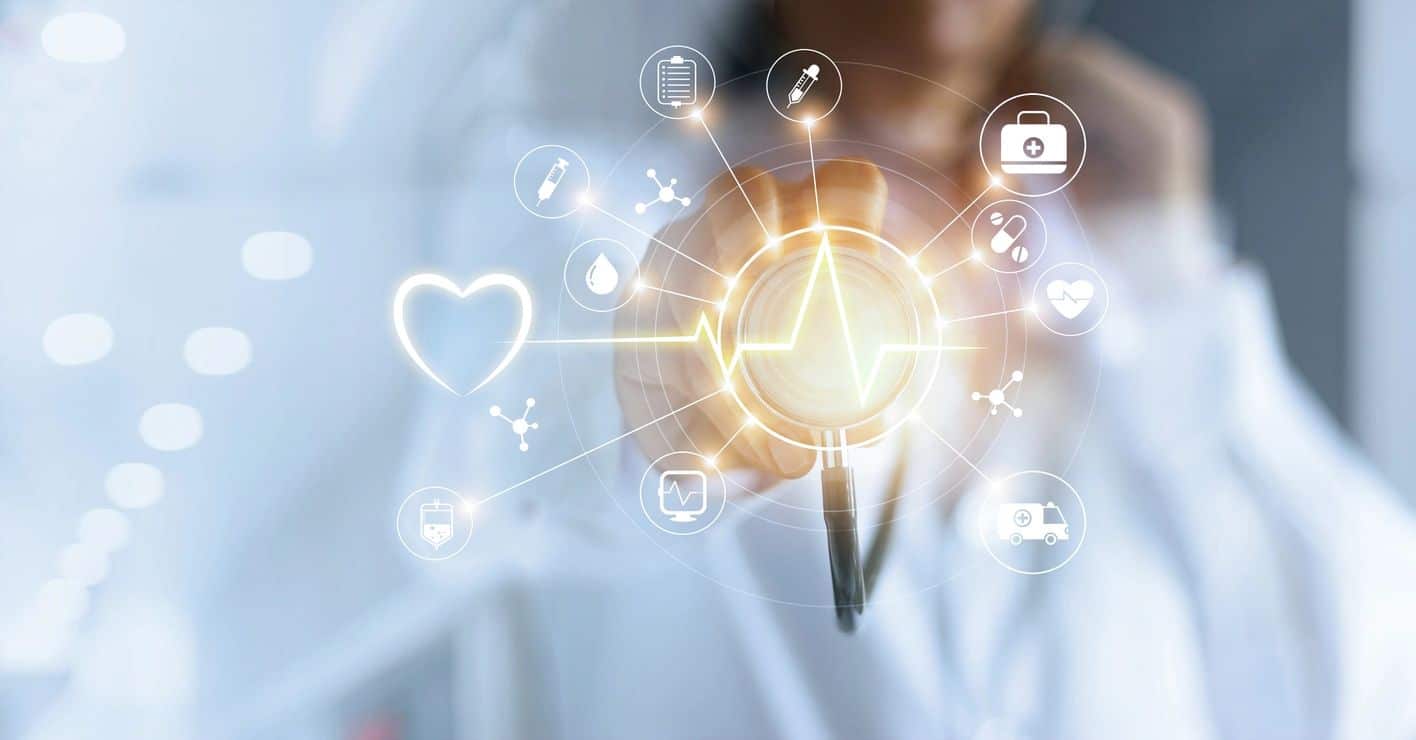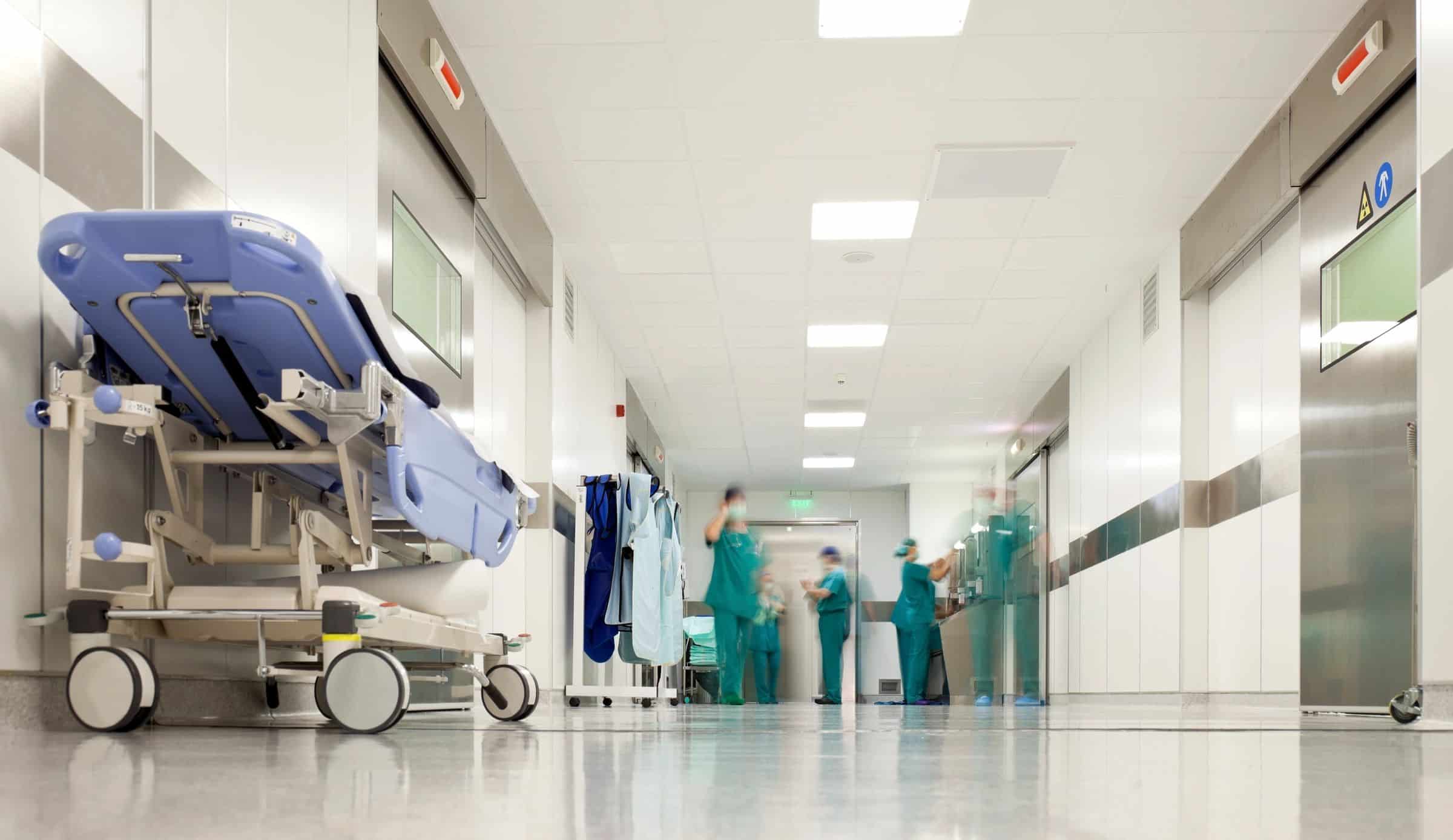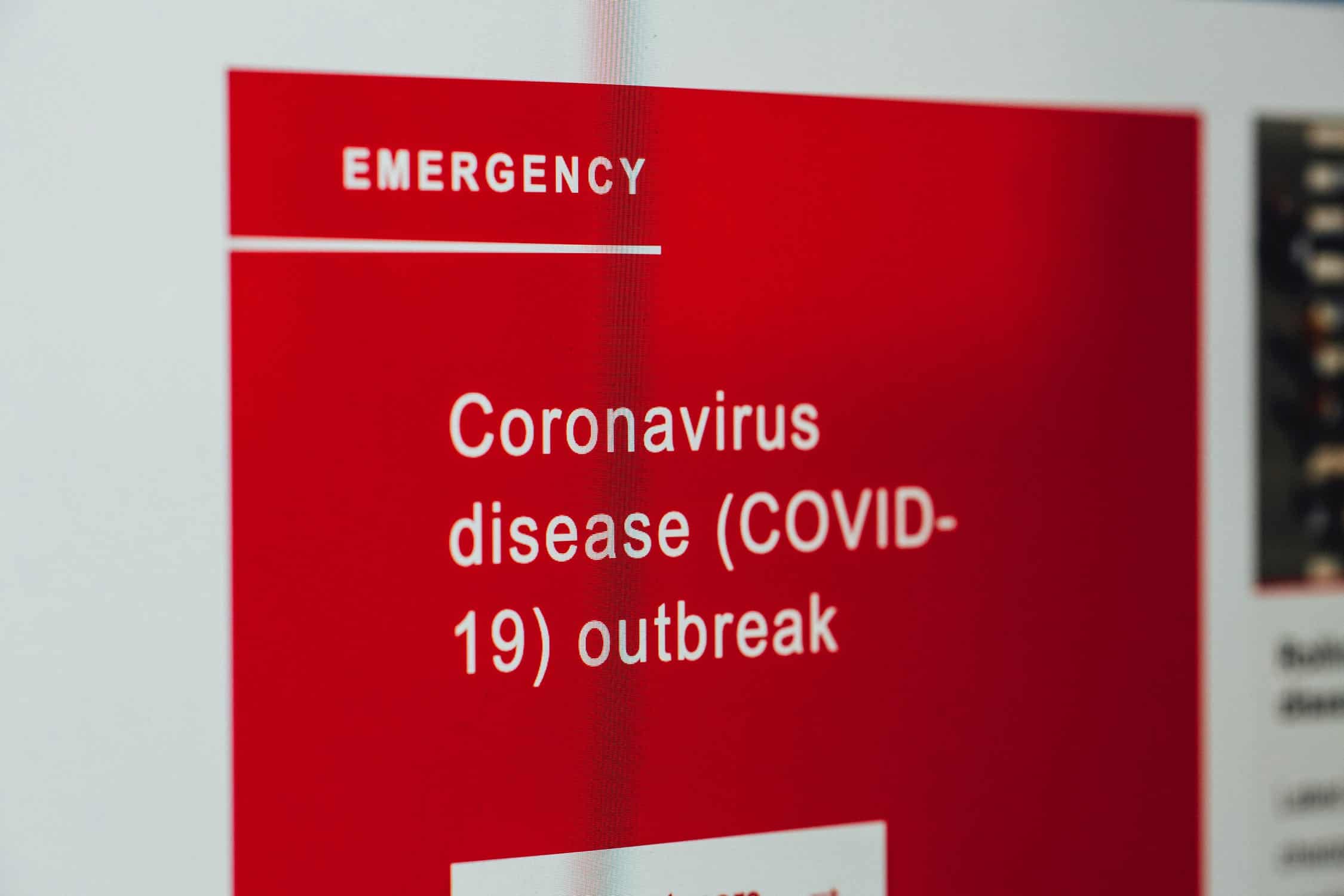It might seem that the coronavirus is the first pandemic of the 21st century. But there have been several other large-scale outbreaks. SARS, H1N1, MERS, and Ebola threatened a large number of nations. Thanks to the right intervention, however, these were all brought under control. The difference with COVID-19 seems to be scale and speed.
The last occurrence of a widespread pandemic happened over 100 years ago during the 1918 influenza pandemic. To finally bring that public health emergency to rest, countries deployed the most modern solutions available, some of which we still use today, including face masks, quarantines, and social distancing.
Here we are 100 years later and we’re still bringing the latest technological developments into battle against a global pandemic. Needless to say our solutions are far more advanced today. There’s nothing more singularly potent than data that we have – and that we can continue to collect – at our fingertips.
Below we look at how organizations that are fighting coronavirus with data can help end the crisis and upgrade the framework to better protect communities in the face of future pandemics.
Data has upgraded the battle
Even looking back to SARS (2003) and H1N1 (2009) that weren’t that long ago, so much has changed. The rise of big data in health care has transformed the information that organizations have at their disposal.

Data gives clinical and non-clinical teams a more complete picture of patient health and helps to create more efficient healthcare systems. Most healthcare efforts around population health have focused on chronic conditions and managing large populations with increased risk. The work on the infectious disease front is still being developed. It will ultimately define how to manage associated challenges that pandemics create.
Medical coding is a prime example. Electronic health records have been updated with the latest coding guidelines, making it easier to track COVID-19 as well as related symptoms and conditions.
The result is that healthcare organizations around the world can track patient numbers in real-time, communicate about treatment methods, and fight the coronavirus pandemic more effectively. The John Hopkins Coronavirus Resource Center dashboard is an excellent model for that level of data.
Putting insights into action
COVID-19 cannot be genuinely neutralized until a vaccine or herd immunity is developed. In the meantime, it’s crucial for public health officials to focus on how data can be used to better understand this crisis.
Data is driving hospital decisions around the supply chain. This is crucial when delivering care. Hospitals must understand how utilization will be impacted by COVID-19 and future pandemics and then make decisions regarding resources such as beds, front line clinicians, and masks to manage a variety of possibilities.

Those decisions are combined with patient population data to develop educated guesses and ultimately decisions on which services will be performed and how those services will be rolled out. In the face of such decisions, data is used more on the supply chain preparation end and then risk management on the backend.
Social distancing, stay-at-home orders, and public health advice have all proven effective thanks to data collected both now and during the initial spread of the virus. Where possible, healthcare systems must build on this through an even greater administering of test kits, data collection, and collaboration with health researchers. These are the best tools we have to forecast changes to the virus across the United States and beyond.
Responding to the community
COVID-19 has pushed many hospitals to their limits. In every community, people are looking to their local hospitals and healthcare organizations to deliver answers. Data is what informs those answers—especially now.
Social distancing measures continue to put a strain on the economy and our mental wellbeing. Medical experts and public health officials rely on data-backed explanations for why these measures must still be held in place. Concurrently, this same information will eventually inform when restraints may be lifted safely. From start to finish, data is essential.
Preparing for a new normal
If the coronavirus has taught us one thing, it’s that nobody wants to be caught unprepared for the next pandemic. There will be a new normal at some point, including an understanding that this can happen again and maybe even just as suddenly.

Using data collected during this time, healthcare organizations can better prepare for the next crisis. This preparation will likely include strategies to optimize revenue cycles and invest the best ways they can to leverage the powerful clues inside their various fragmented systems. The flexibility of data that goes well beyond patient health will support healthcare systems as they embrace their part in flattening the curve and reducing the spread of a future virus.
COVID-19 is the current crisis, but hospitals consistently face diverse challenges. Delivering evidence-based solutions based on accurate data is the only way for hospitals to position themselves for a secure future. Now is the time for hospitals to invest in data-driven solutions to upgrade how they respond to public health emergencies, save lives, and protect our communities.
We’re here to empower you
At Harmony Healthcare, our goal is simple: to help healthcare professionals and organizations move past their limitations, empower them to create change, and make more success achievable. That’s the promise we make to our clients and our consultants.
Learn more about our open career opportunities here | Subscribe to our monthly newsletter here
Join our Facebook community here | Join our LinkedIn community here



